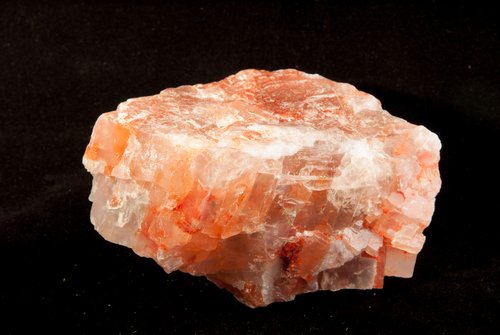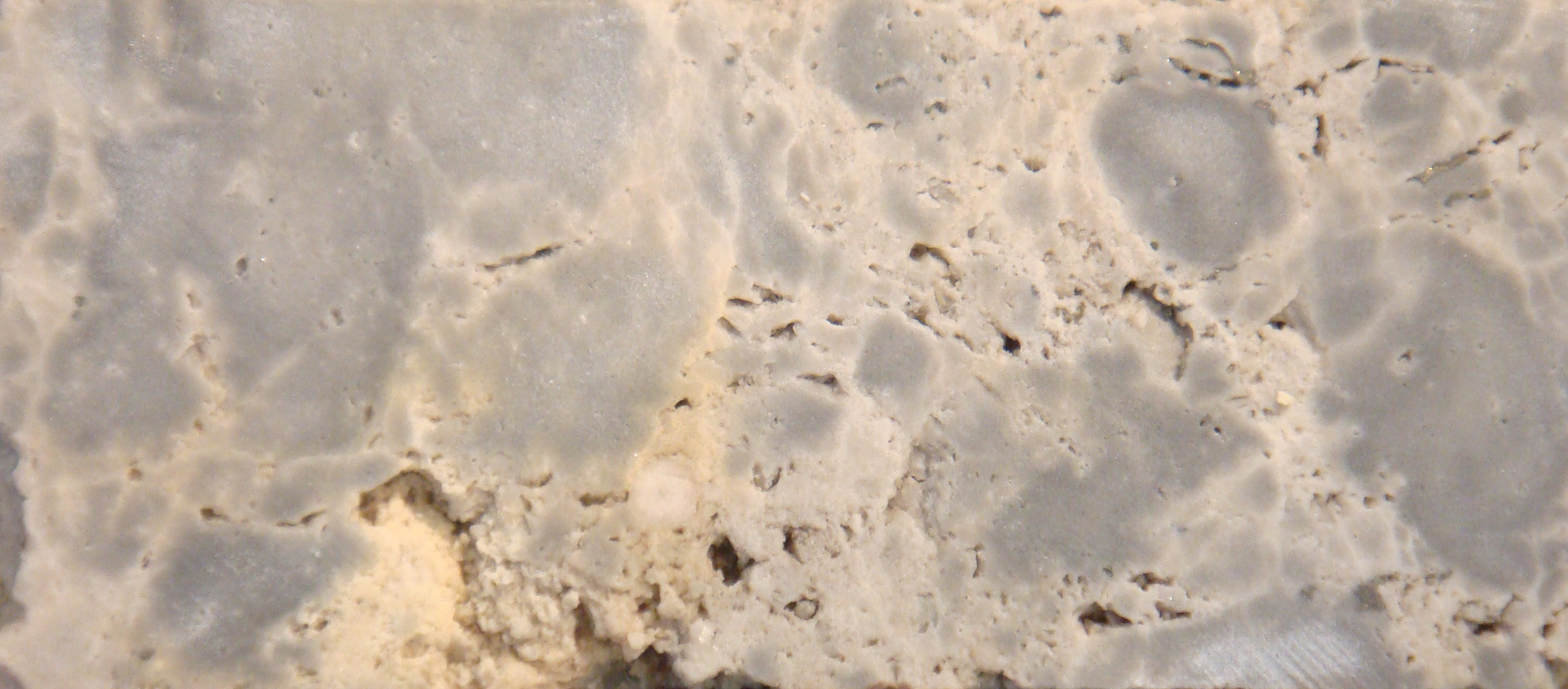There are six platinum group metals or PGMs . The group comprises; platinum (Pt), palladium (Pd), rhodium (Rh), iridium (Ir), osmium (Os) and ruthenium (Ru).
The platinum group metals are among the rarest and most precious metals known.
The word platinum comes from the Spanish platina meaning “little silver”. This name was first used in the silver mines of Colombia where miners came across the metal and considered it a worthless impurity of silver. In other parts of the world, old timers would toss platinum nuggets out of their gold pans, not recognising their true value. Today, the platinum group metals are traded as precious metal commodities, with the price of platinum and rhodium sometimes exceeding that of gold’s.
The platinum group metals are known for their denseness, hardness, high reflectivity and resistance to tarnishing. They are electrically and thermally conductive and have catalytic properties which promote chemical reactions.

Platinum is a hard, malleable, and ductile metal whilst osmium and iridium are hard and brittle. Actually, platinum has a slightly harder than pure iron.
The platinum group metals are among the rarest and most precious metals known. Osmium, iridium, and platinum are also among the densest, even with densities higher than that of pure gold. All platinum group metals have high melting points, ranging from 1555°C for palladium to 3033°C for osmium.

What are PGMs Used For?
In pre-Colombian times, platinum found as a native metal in streams was fashioned by the native South Americans into ornaments and other artefacts.
In modern times, the platinum group metals are used in many high tech applications. One important use is that of a catalyst where the metals encourage chemical reactions to take place. This property has made them useful in catalytic converters and fuel cells. The metals themselves remain unaltered during the reactions so replenishing is not required.
Platinum, palladium, rhodium, and iridium are all used in jewellery because of their rarity, strength and resistance to tarnishing, as well as their beauty.
Similar to other precious metals, most of the platinum group ones can be bought and sold on a spot market, like a currency.
Where are PGMs Found?
Due to their similar physical and chemical properties, platinum group metals tend to co-exist. However, in geological settings an apparent separation into two groups has been recognised; the iridium-group which includes osmium, iridium and ruthenium and the palladium-group which contains rhodium, platinum and palladium.

Platinum group metals can be found in nickel and copper ores. The main ore mineral for platinum is the mineral sperrylite, which is a platinum arsenide and is associated with the nickel ores of the Sudbury Basin, Ontario, Canada. Platinum is also found as a native platinum-iridium alloy and as the mineral cooperite, which is a platinum sulphide.
Osmium and iridium occur as an iridium-osmium alloy, with their proportions varying widely between the two end members. The alloy also contains trace amounts of other platinum group metals.
Rhodium can be found mixed with palladium, silver, platinum and gold ores, making its extraction difficult. It can also exist as a free metal. Ruthenium is found mostly in ores containing other platinum group metals. At Sudbury, ruthenium is found encapsulated within the mineral pentlandite, an iron nickel sulphide mineral. Palladium is normally found as a free metal alloyed with platinum and gold.
Meteorites have continually bombarded the surface of the Earth since it first cooled some 4 to 6 billion years ago. The 300 km diameter Vredefort Crater in South Africa near the Bushveld Igneous Complex and the 250 km diameter Sudbury Structure in Ontario, Canada are the largest known impact structures on Earth. These two craters are the location of two of the world’s largest producing mines of platinum group metals.
Meteor impacts at these sites caused deep fracturing of the crust with resultant volcanism bringing precious metals from the mantle to the Earth’s surface. It is possible that as the meteor itself contributed some of platinum group metals as meteors have higher concentrations of platinum group elements than the Earth’s crust.
South Africa produces around 80% of the world’s PGMs. Russia is the next highest producer with Canada, Zimbabwe, USA and Colombia following.









